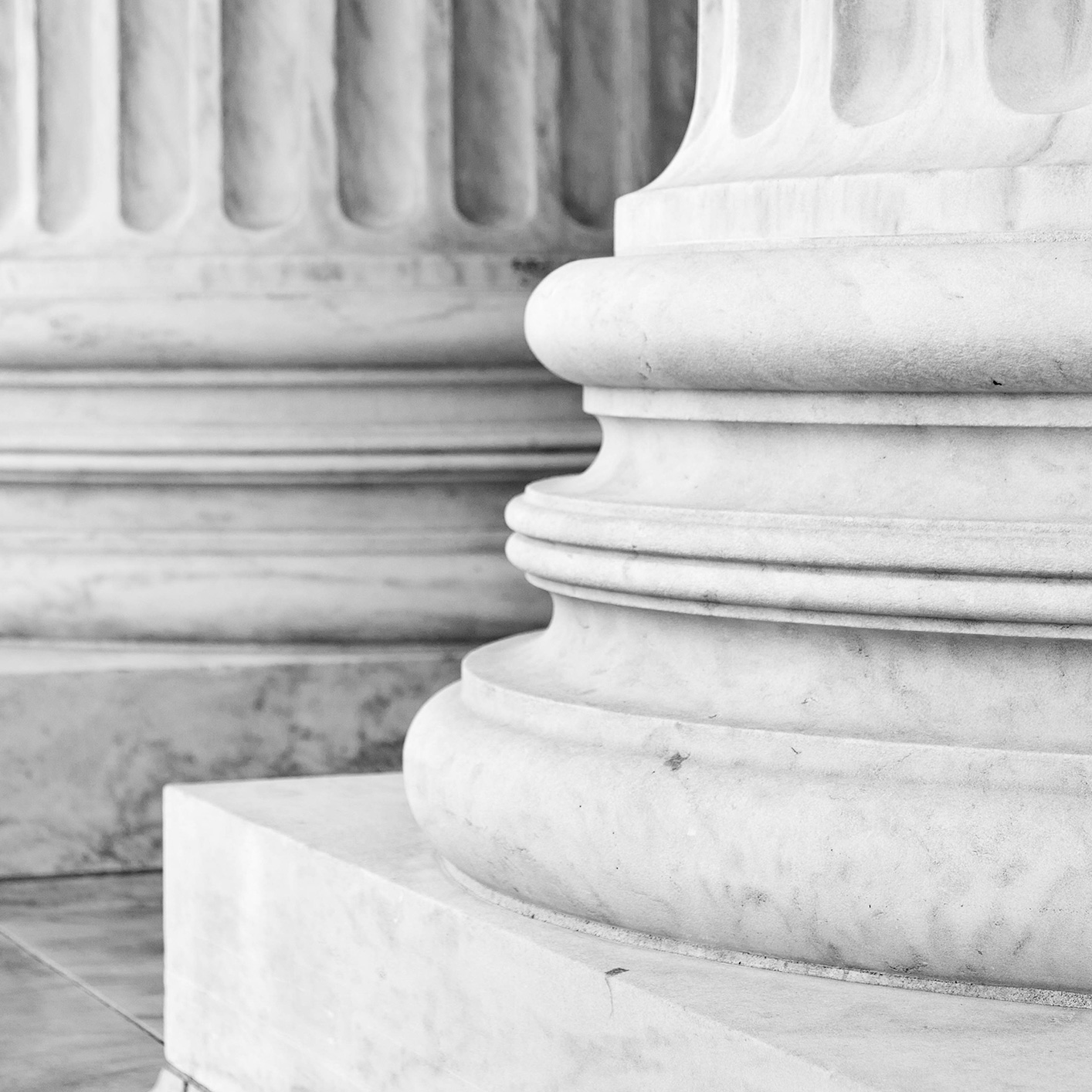
The October 5, 2017 Federal Circuit decision in Amgen Inc. v. Sanofi is getting a lot of attention for its commercial impact, because the court vacated the permanent injunction that prevented Sanofi and Regeneron from marketing their cholesterol-lowering Praluent® (alirocumab) product, which will compete with Amgen’s Repatha® (evolocumab) product. But the decision also addresses several important legal issues, including questioning the USPTO’s practice of granting broad antibody claims.
The Antibody Claims At Issue
The patents at issue were U.S. Patent Nos. 8,829,165 and 8,859,741. Claim 1 of the ‘741 patent is set forth below:
1. An isolated monoclonal antibody that binds to PCSK9, wherein the isolated monoclonal antibody binds an epitope on PCSK9 comprising at least one of residues 237 or 238 of SEQ ID NO: 3, and wherein the monoclonal antibody blocks binding of PCSK9 to LDLR.
The Jury Instructions On Written Description
As characterized in the Federal Circuit decision, “[t]he district court correctly instructed the jury that in order to satisfy the written description requirement, a patentee may disclose either a representative number of species falling within the scope of the genus or disclose structural features common to the members of the genus so that one of skill in the art can visualize or recognize the members of the genus,” but the Federal Circuit questioned these further instructions:
In the case of a claim to antibodies, the correlation between structure and function may also be satisfied by the disclosure of a newly characterized antigen by its structure, formula, chemical name, or physical properties if you find that the level of skill and knowledge in the art of antibodies at the time of filing was such that production of antibodies against such an antigen was conventional or routine.
In particular, the Federal Circuit was sympathetic to Appellants’ argument that “this instruction is erroneous because disclosing an antigen does not satisfy the written description requirement for a claim to an antibody.”
The Federal Circuit Decision On Written Description
The Federal Circuit decision was authored by Judge Prost and joined by Judges Taranto and Hughes.
The Federal Circuit revisited the decisions in Enzo Biochem, Inc. v. Gen-Probe Inc., 323 F.3d 956 (Fed. Cir. 2002), Noelle v. Lederman, 355 F.3d 1343 (Fed. Cir. 2004), and Centocor Ortho Biotech, Inc. v. Abbott Labs., 636 F.3d 1341 (Fed. Cir. 2011), and determined that the jury instruction at issue “is not legally sound and is not based on any binding precedent.” In reaching this conclusion, the Federal Circuit referred to the en banc decision in Ariad Pharm., Inc. v. Eli Lilly & Co., 598 F.3d 1336, 1351 (Fed. Cir. 2010), and its emphasis on the distinction between enablement and written description. According to the Federal Circuit, “[b]y permitting a finding of adequate written description merely from a finding of ability to make and use, the challenged sentence of the jury instruction in this case ran afoul of what is perhaps the core ruling of Ariad.”
The Federal Circuit also found the premise behind the instruction to be inconsistent with the statutory language of 35 USC § 112:
[T]he “newly characterized antigen” test flouts basic legal principles of the written description requirement. Section 112 requires a “written description of the invention.” But this test allows patentees to claim antibodies by describing something that is not the invention, i.e., the antigen. The test thus contradicts the statutory “quid pro quo” of the patent system where “one describes an invention, and, if the law’s other requirements are met, one obtains a patent.” Ariad, 598 F.3d at 1345. Indeed, we have generally eschewed judicial exceptions to the written description requirement based on the subject matter of the claims. …. And Congress has not created a special written description requirement for antibodies as it has, for example, for plant patents. See, e.g., 35 U.S.C. § 162 (exempting plant patents from § 112 “if the description is as complete as is reasonably possible”).
Thus, the Federal Circuit directed the district court to amend its jury instructions on remand.
Establishing Written Description For Antibody Claims
The Federal Circuit confirmed two general tests for written description: (i) disclosing a representative number of species falling within the scope of the claimed genus and (ii) disclosing structural features common to the members of the claimed genus. Nevertheless, stakeholders accustomed to obtaining broad patent protection for antibodies may find both of these tests to be limiting. Claiming antibodies by structural features usually requires sequencing antibodies to determine variable region, CDR, and/or framework region sequences, and significant work may be required to identify sequences common to a class of antibodies that exhibits the desired function. Disclosing a representative number of species seems like a more practical approach, but this case highlights the potential uncertainty of satisfying that test.
First, there are no bright-line rules–and little practical guidance–on just how many species are required for a “representative number.” Even if a patent examiner accepts the number of species disclosed in a patent application as representative, there is no guarantee that a judge or jury will reach the same conclusion.
Second, this decision opens the door to the use of post-filing date evidence of additional species to show that the disclosed species were not “representative.” In particular, the Federal Circuit reversed the district court’s decision excluding Sanofi’s evidence of its own antibody, which it developed and patented after the priority date of the patents at issue. We don’t yet know what impact this evidence will have on the court’s assessment of written description, but if additional species always can be identified, is there ever assurance that a “representative number” have been disclosed?
On the other hand, since Eli Lilly and Company and Pfizer Inc. and Ipsen Pharma S.A.S. submitted amicus briefs against the “newly characterized antigen” test for written description, at least some in the industry believe that focusing the scope of antibody patents on described antibodies will incentivize and reward the development of distinct antibodies that may exhibit similar functions.
